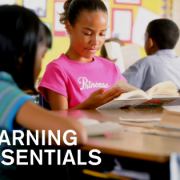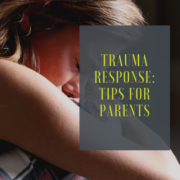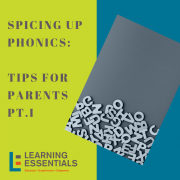How to Perform a Close Reading: Elementary School

For the most part, elementary-age students are just grasping the concepts involved with reading comprehension. At this point, they have somewhat mastered fluency, decoding, and context clues. As we progress from reading comprehension and understanding texts to dissecting and analyzing its content (i.e. close reading), we somewhat alter the strategies to teach students how to examine the finite details. This practice in critical thinking and analysis does not evolve innately—it must be trained.
With our younger, elementary-age readers, we want to be very careful about how we approach the subject of close reading. The goal should be that we cultivate a love of reading in our novice readers—not stifle the interest with rote exercises. In order to accomplish this while still scratching the surface of building close reading skills, educators and parents can implement different strategies to subtly introduce the concept.
- Use one of your child’s favorite picture books to begin the practice of close reading. Cover the text with post-it notes. Then, using just the pictures, ask your child to describe what is happening in the story from page to page. This is a subtle way to prompt a young reader to look at the context clues in the illustrations. Be ready with questions to take the discussion further, such as, “What makes you think that the animals are enjoying the tea party?” Or, “Where do you think this part takes place based on the background?” These questions motivate readers to look closely at the details and draw interpretations and inferences—the same practices involved in close reading written text.
- Familiarize your child with unknown words by helping him search for definitions. When reading any text, even a children’s story, there are bound to be some words that your child is less familiar with. Practice recognizing when this happens by asking your child if he or she knows what a certain word means. If she doesn’t, use a dictionary or web search to define the word together. This practice allows kids to not only recognize when they are unfamiliar with a word, but encourages them to seek clarification—a skill required for close reading.
- Introduce the concept of questioning the author’s creative choices by discussing the title of a new book. Again, the subtly of this practice is a great pre-reading strategy that helps children make predictions. Ask why the author may have chosen this specific title? Are there any other ways titles that might fit the story? Ask your child to make inferences about what might happen in the story based on the title—be sure to ask her why she thinks that.
- Encourage your child to ask questions while reading. These questions are likely the beginning of the close reading process. Explain that sometimes questions may be left unanswered based on the story. Discuss how these unanswered questions allow readers to use their imaginations and draw their own conclusions.









